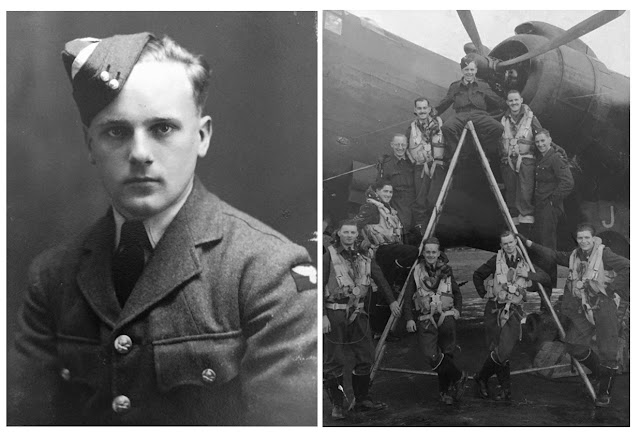Postcards & Photographs
Charles Wilson Watkins has been on holiday to
Devon; a trip that inspired his article for this month.
 |
| Charles, Neil and baby son |
During July, I had a weekend away in Paignton, Devon to visit my friend,
Neil Dimmick. I booked into a seafront bed and breakfast – plenty of sea
air, just what the doctor ordered. Neil, a local Devonian, had just returned
from working overseas and was home with his wife Sheryl and baby, who is my
Godson.
Whilst away in Devon, I thought I would write my next article, and I
wanted to cover something a little lighter than the last two months – poking
and probing the subjects of dentistry and medicine.
Ideas that came to mind included, carrying on with the census theme, or
looking at the mass movement of people from Devon in search of employment in
Swansea; or where I do come from following DNA test results – all very
interesting topics that I will feature in future articles.
Then I had a eureka moment!
This month, I will be writing about postcards and the importance of
photographs.
Postcards
& Photographs
This article will cover all facets of society, starting with the
upper classes to whom we should be truly grateful for their architectural
tastes which can be seen in public buildings located around Swansea, for
example the Glyn Vivian Art Gallery and the Alexandra Road library buildings.
The Grand Tour was a traditional trip around Europe, which flourished
from 1660 to the 1840s, with the sole purpose to expose both the cultural
legacy of classical antiquity and the Renaissance. A Tour could last for
months or several years. The brothers Richard Glyn and Graham Vivian were
prominent Swansea citizens who embarked on their Grand Tours around
Europe. Richard on his tour, during 1855, amassed a vast art
collection. It was from these tours that he provided albums containing
sketches and photographs. His art collection can be viewed today, in the
recently refurnished art gallery. This was the start of the importance of
photographs. Graham supposedly was the first person in Swansea to have
owned a motor car, and it was from his tours that he was inspired to design
Clyne Gardens, in 1860.
In Victorian times there was no such thing as a prolonged holiday for
members of the working class, they just worked and worked until they eventually
died.
Most of the working classes would have relied on cheap excursions,
organised by Sunday Schools, employers and temperance societies. Large crowds
would congregate on Swansea Beach at the Slip. Unfortunately, there are
no records of these groups and their outings and the number of people in
attendance.
Theodore Hook, of London was in 1840, the first person to post a
postcard, in fact it was to himself. This card was bearing the Penny
Black stamp. During the 1850s, post boxes were making an appearance on
roadsides. It wasn’t until the 1890s that the British publishers could
manufacture and distribute postcards. The first one in Swansea was
published in 1898, showing Swansea Bay (top pic right), and the recently built
Mumbles Pier. Mumbles was becoming a favourite destination, and
could be visited using of the Mumbles Train. Postcards would have
pictures of local areas around Swansea, including the Swansea Hospital (2nd pic
down on the right) and the Police Station in Alexandra Road (3rd pic down on
right). Could the message have been ‘wish you were here’?
Meanwhile, photography was being developed (no pun intended!). The
earliest photo which was taken was during 1826, was by French man, Nicephore
Niepce. It is the work of Mary Dillwyn, of Penllergarer, during the 1840s
that is thought to have captured the first smile, also the first snowman!
Her album, containing 42 salt prints and 1 albumen print can be found in the
National Library of Wales, Aberystwyth.
The popularity of photography during the 1860s enabled Samuel Chapman to
open a photographic studio in York Street, then later in High Street. His son
Henry, opened his own shop at No 235 High Street (bottom pic right).
Today this shop is an amusement arcade. Henry produced the extremely
popular card-blacked portraits, at a cost of 2d. Also produced were
studio postcards, which could be sent to family members.
Colour photographs were available as early as 1860s, but it would be a
further 60 years before it became widely available. Photographs have
taken over from postcards, which sadly are rarely posted today. As a
researcher, I would advise people, to use a pencil to label the back of their
photograph with details of who are depicted and the date, in years to come it
will enable people to be identified and not just be a face in a crowd.
Copyright – The Bay Magazine – September 2017



Comments
Post a Comment